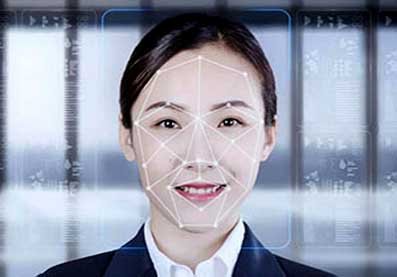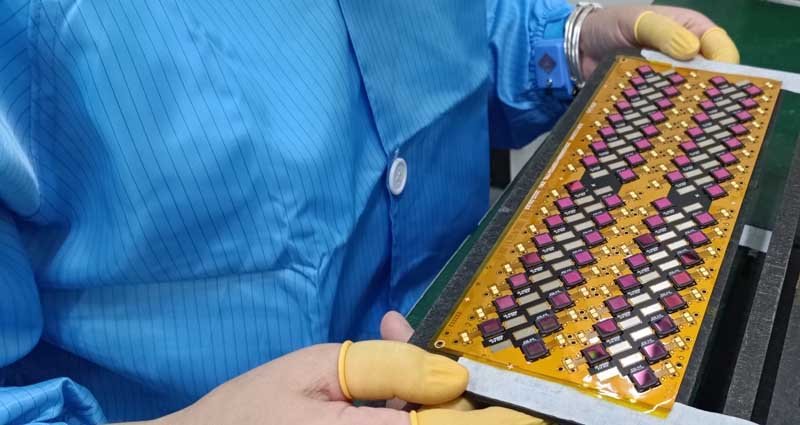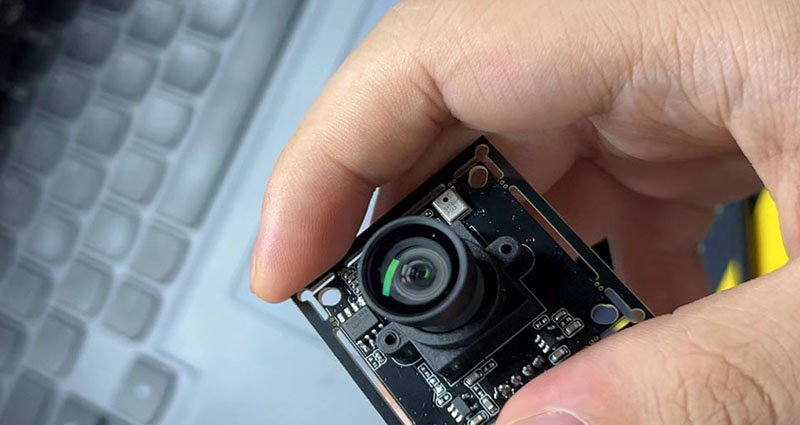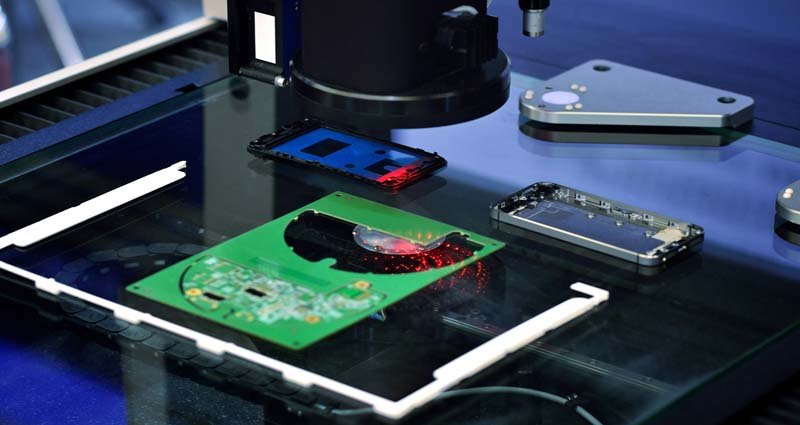A biometric camera is a technology designed to capture and analyze a person’s physical and behavioral characteristics. These cameras are commonly used for security and surveillance purposes. However, their utilization extends beyond a multitude of industries and applications. In this blog post, we explore the capabilities and potential of biometric cameras, looking at their strengths, weaknesses, and use cases.

Capabilities and Potential of Biometric Cameras
First, let’s consider the benefits of biometric cameras. These cameras are highly accurate at identifying individuals because they capture unique physical or behavioral traits. Biometrics, unlike traditional forms of identification such as keys or passwords, are immune to loss, theft or forgetfulness.
Moreover, they can enhance efficiency and convenience in diverse scenarios. For example, biometrics could enable faster and smoother security checks at airports, or simplify access to shared workspaces without the need for traditional forms of identification.
Weaknesses of Biometric Cameras
However, biometric cameras also have some drawbacks. Perhaps the most important concerns are privacy and security. Biometric data is highly personal and sensitive information that is at risk of loss, theft or misuse. Companies or organizations also run the risk of using biometric data for questionable purposes or to discriminate against certain groups of people.
Use Cases
Despite these potential drawbacks, there are many different use cases for biometric cameras. One such use case is law enforcement and security. For example, police officers in some jurisdictions use biometrics to identify suspects or enforce curfews. Another use case is in healthcare, where biometrics can serve as the means of patient authentication, tracking medical conditions, and improving patient outcomes.
Beyond these practical applications, they are also appearing in more cutting-edge and experimental settings. For example, some companies are exploring the potential of biometric cameras in advertising and marketing, using facial recognition and other biometric data to tailor messages and experiences to individual consumers.
Overall, they provide a powerful and promising tool for identifying and authenticating individuals in a wide range of settings. However, as with any technology, there are issues with security, privacy, and ethical use. Companies, organizations, and policymakers must work together to develop clear rules and guidelines for the use of biometric cameras to guarantee the protection of individual interests while upholding their rights and freedoms.
Conclusion
Biometric cameras are a fascinating and complex technology that offers numerous benefits and opportunities. Whether deployed in security, healthcare, or other settings, the capabilities and potential of them are evident. We all have a responsibility To ensure the responsible and ethical use of these technologies for the betterment of society as a whole.



